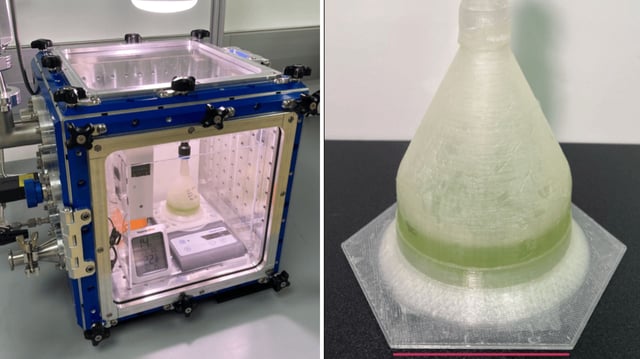Overview
- Green algae Dunaliella tertiolecta thrived in polylactic acid chambers at 600 Pascals pressure in a carbon dioxide–rich atmosphere
- The cloudy bioplastic shelters blocked harmful ultraviolet radiation while allowing enough light for photosynthesis and stabilized liquid water under low pressure
- Experiments demonstrate a potential closed-loop cycle in which algae inside bioplastic habitats could produce more bioplastic to expand living spaces
- Next steps include testing the chambers under vacuum conditions and integrating silica aerogel materials to manage temperature extremes
- The biomaterial strategy aims to reduce dependence on Earth-supplied construction materials and could yield sustainability applications on Earth
